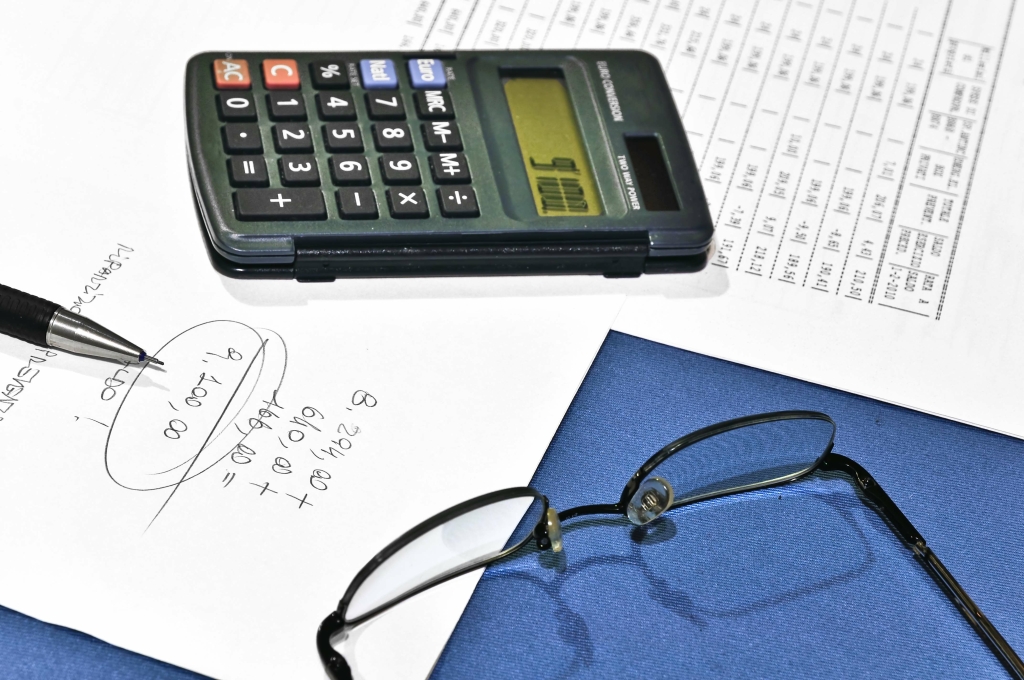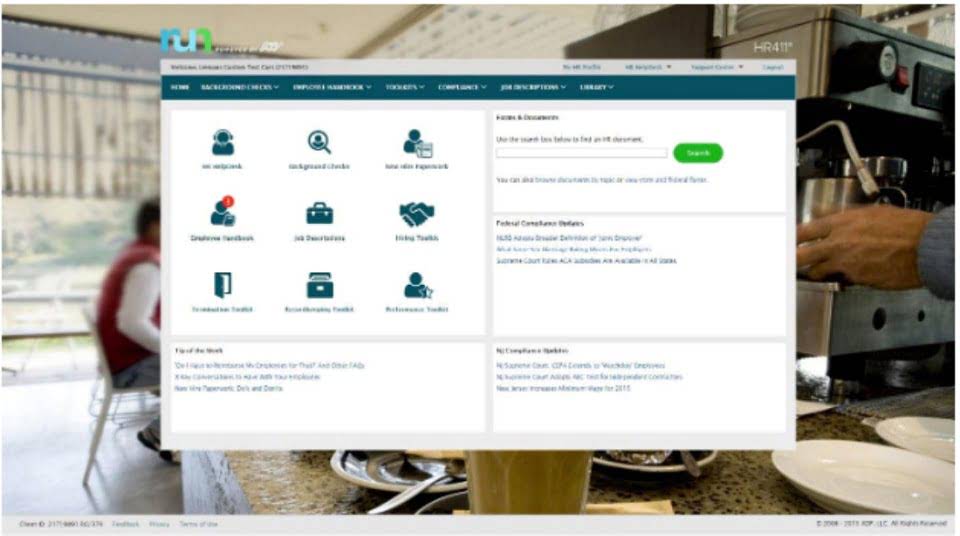which statements correctly represents accounting equation? business owns will equal owners’ ownership

A well-managed equity position strengthens the company’s overall financial health. The accounting equation helps to assess whether business transactions carried out by the company are being accurately reflected in its books and accounts. If the total liabilities calculated equals the difference between assets and equity then an organization has correctly gauged the value of all three key components.

Financial Consolidation & Reporting
This ensures the equation is followed, a key part of the accounting cycle, and provides a clear financial snapshot of the business. This expanded version plays a crucial role in the section of the balance sheet, ensuring that every financial transaction is accurately recorded. Accounting software automates calculations, making it easier for businesses https://www.alertco-security.com/2024/11/22/quickbooks-proadvisor-certification-how-to-become-2/ to maintain balanced books while making informed financial decisions.
Expanded Accounting Equation for Corporations

You need to monitor liabilities carefully to make sure the business can meet its financial obligations without running into cash flow trouble. Mastering these connections is essential for accurate reporting and decision-making. Understanding how each report interacts ensures a complete financial picture, reinforcing trust in the numbers that drive business success. This number is the sum of total earnings that weren’t paid to shareholders as dividends.
- Liabilities are debts that a company owes and costs that it must pay to keep running.
- Have you ever wondered about the fundamental equation that underpins the world of accounting?
- It’s how you know the books are balanced, and how you can spot when they’re not.
- For example, taking out a loan increases both total assets (cash received) and liabilities (loan obligation) by the same amount.
- It ensures that every financial transaction you record keeps the books in balance, because every debit has a corresponding credit.
Transaction Matching
- It shows how amounts of money for assets, liabilities, and equity must be equal.
- The balance sheet always balances out but the accounting equation can’t tell investors how well a company is performing.
- Another common misconception is that a balanced equation implies a healthy business.
- Each entry made on the debit side has a corresponding entry or coverage on the credit side.
Since it relies on the double-entry system, every transaction affects at least two accounts. This guarantees that a company’s financial reports reflect its true financial condition and ensures the equation for determining how much a company owns and owes is balanced. Mistakes in financial reporting or data processing can lead to bad short-term financial obligations management or an increase in liabilities. Correctly deducting all liabilities and checking if transactions are recorded correctly avoids costly errors.

Without the accounting equation in proper practice, it would be extremely difficult to logically maintain financial records for the company. Therefore, it is absolutely necessary to have a proper understanding of the accounting equation, the components, as well as the formula in order to understand how basic accounting works. This example demonstrates the accounting equation’s which of the statements correctly represents the accounting equation utility in ensuring all financial records are accurate and comprehensive.

It offers a nuanced view that helps strategize for long-term growth by highlighting financial health indicators. For instance, managing account receivables efficiently can enhance cash flow and operational efficiency. Additionally, financing strategies should be assessed as they can determine the overall fiscal health. Companies can foresee potential cash flow problems and resolve them before they affect operations. Understanding the net income equation is vital as it relates to the equity account balances, reflecting on a firm’s profitability since its inception. Overall, the accounting equation serves as a financial barometer, guiding businesses toward sustainable fiscal practices.
Misconception 1: Only Large Businesses Need to Worry About This

One of the standout features of the solution is its ability to automate almost 50% of manual repetitive tasks. This is achieved through LiveCube, a ‘No Code’ platform, that replaces Excel and automates data fetching, modeling, analysis, and journal entry online bookkeeping proposals. In order for the accounting equation to hold, Total Assets should ideally be equal to the sum of Total Liabilities and Total Equity. Liabilities can be regarded as obligations that need to be honored by the company in order to settle the respective accounts.
Not the question you’re looking for?
- Double entry system ensures accuracy and completeness in its accounting system.
- While the accounting equation is foundational in financial accounting, it has its limitations.
- The accounting equation is essential for producing precise financial reports.
- Understanding how each report interacts ensures a complete financial picture, reinforcing trust in the numbers that drive business success.
- It helps keep accurate records, whether you’re managing expenses or invoicing clients.
It reflects the double-entry accounting system, where every transaction has equal and opposite effects to maintain accuracy. Shareholders’ equity is the total value of the company expressed in dollars. It’s the amount that would remain if the company liquidated all its assets and paid off all its debts. The remainder is the shareholders’ equity which would be returned to them.

Leave a Reply